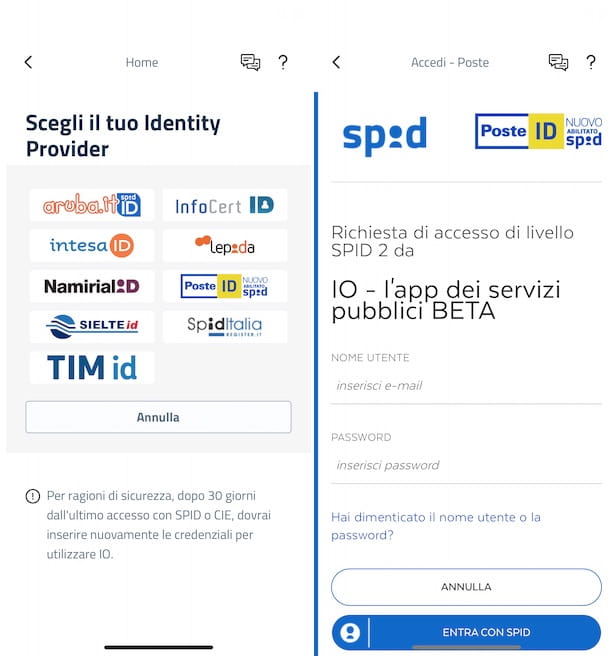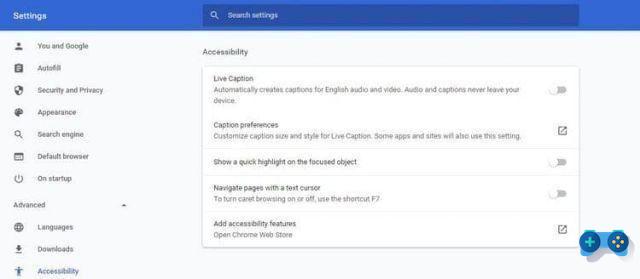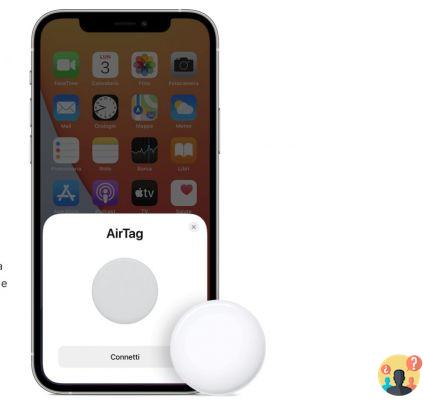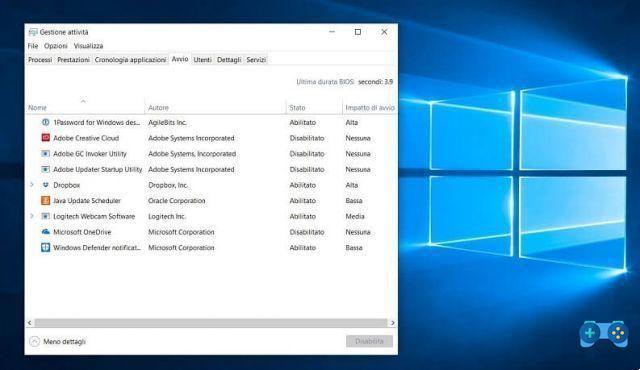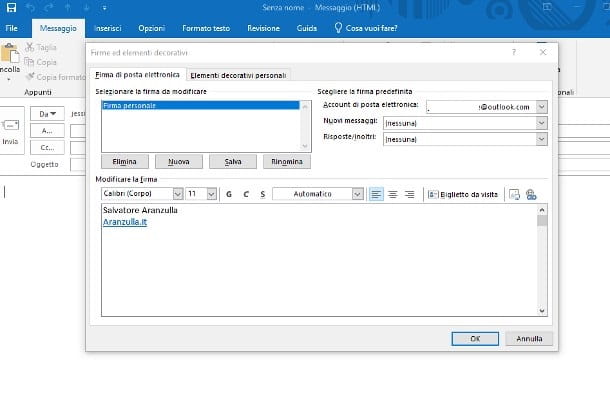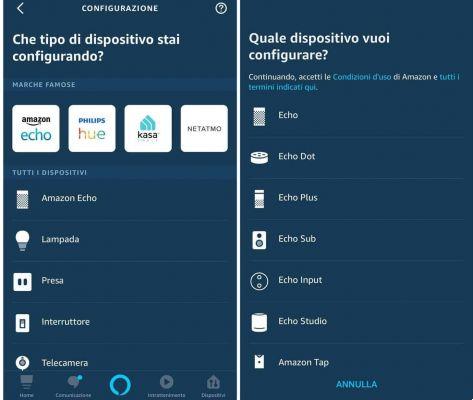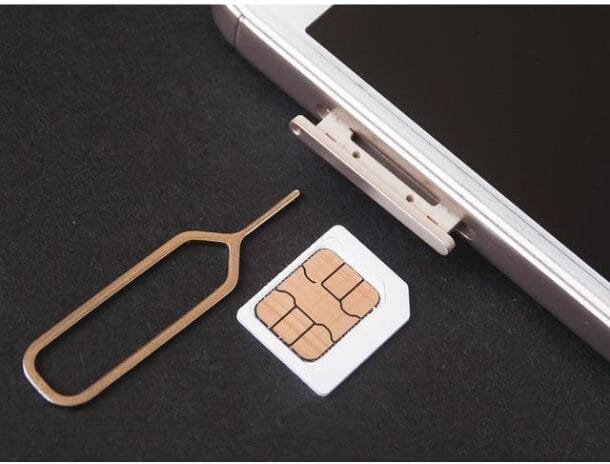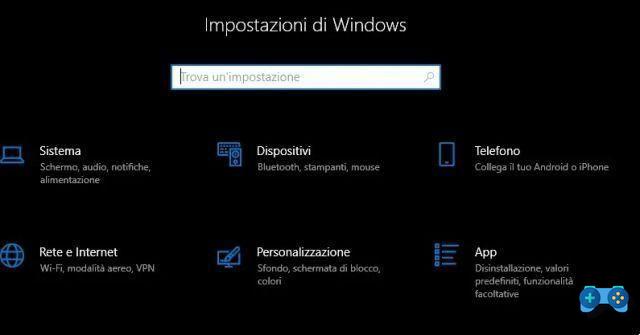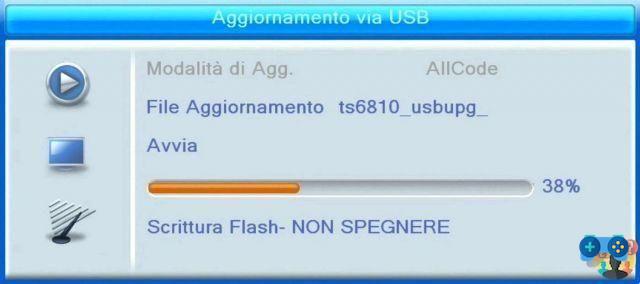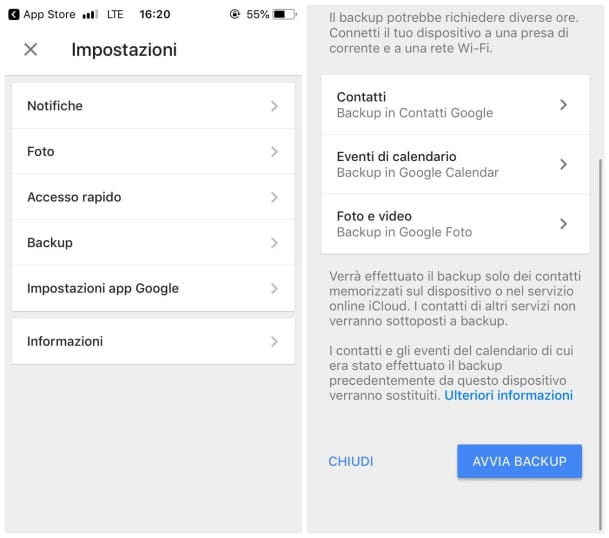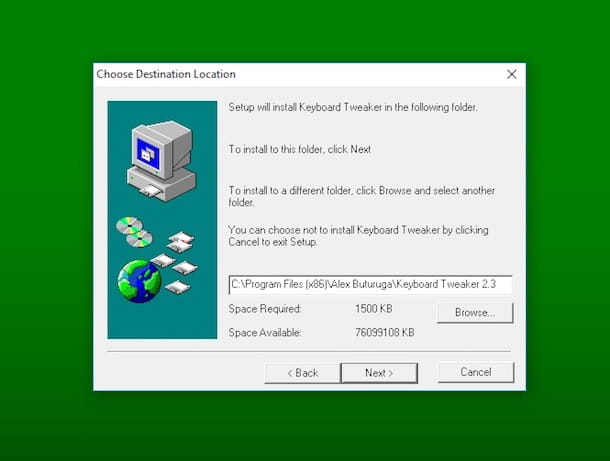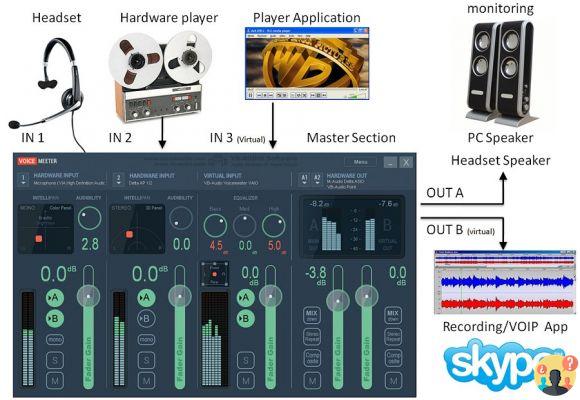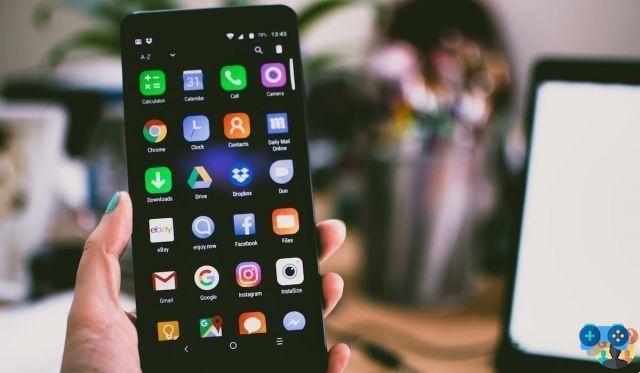
Did you know that Android bases its core (or programming kernel) on Linux? Yes, our beloved mobile operating system, in all its versions, was inspired by free software. However, To access Android system files you can do it in two different ways.
One of the best-known (albeit somewhat confusing) to access is via the device's file explorer. The simplest is through applications, which will also serve as an explorer and of which there are a large number. Even Google has improved this aspect by inserting a native app for files called Files within the new OS (or file in Spanish).
Now, if you go into the file system to edit programs or other features, you will need superuser (or root) family permissions to access have file.
But do not worry, in this new Android Help entry, you'll have all the information available. You will know how to access system files through the browser and through any of the existing applications.
How to access system files Android - the most important ways
First thing: get ROOT permissions
The first thing you'll need before accessing the Android system files is to obtain root permissions (or rooting), better known as the "root folder" of the system. Sure, This process will depend on the manufacturer and model of mobile device you have. How come? Because there are specific models that cannot be rooted.
For this, it is advisable to do some research to find out if your model can be rooted and then know what kind of procedure to apply to access the root folder of the system. Of course, keep in mind that this process can void your device warranty and reduce system security.
If you go through this process, nothing beats having the security applications installed. Therefore, we leave you a post with the best mobile security apps of the moment, to avoid any data theft or damage to our smartphone.
With the Android file explorer
Android File Explorer it's how this system allows you to edit filesi.e. view, copy, transfer or delete. Generally, when the device is new, Android does not leave this data visible.
Furthermore, every make and model has a scanner While they are similar in terms of data handling, they differ slightly in user experience. So, once you have admin permissions, you can do this step as follows:
- Look for access to your files on the home screen or in the application menu. This access can have different names, such as "file", "administrator", among others.
- Once inside, depending on the manufacturer, you can select the activity to be carried out. The most common is to edit files such as videos, documents, music, images, among others.
- If you want to access system files or folders, you will have to choose the "internal storage files" option.
Through files
File or file in Spanish is the native application of Google, which is installed for some versions of the Android operating system. The latter did not have a browser with a user interface or experience (UX) for managing files.
Files are a more convenient way to improve the user experience when managing files on mobile devices. With it, you can uninstall applications, delete recurring files, share documents, images, music and more. Now, to access the Android system files, what you need to do is follow the steps below:
- Find the application on the home screen or in the application menu (depending on the device model).
- Click on the icon and the application will open where the first thing you will see are the categories of files that you can edit, such as images, documents, videos, applications, among others.
- To access system files you need to locate the "internal storage" section by scrolling through the app's main screen.
With specific scanning applications
Finally, if the other two options seem complicated to you, in Google Play Store will have a wide variety of file managers that you can install on your Android operating system to manage your data.
You just have to search for the most suitable application for you (by typing its name in the Play Store search bar). Once it appears, install it on your device's internal storage, wait for it to download and install, and that's it!
Who are the most recommended managers? Here are some highly rated alternatives:
- File manager (4.9 digit)
- CX File Explorer (4.8 stars)
- File manager (4.8 digit)
- EX File Manager (4.6 digit)
Once installed, you can open the app directly from the Play Store and to access the Android system files, proceed as follows:
- Locate the side menu by pressing the 3 horizontal bars icon.
- Some carriers have the option to enable "root scan" in this menu; in others you have to look for it in the "tools" submenu. When you find the option, turn it on.
- By enabling the main navigation option, it will take a few seconds for the browser to refresh, displaying the main system folders.
- Once Explorer is activated, you will be able to observe system files, as well as root files with different folder colors.
We hope you were able to resolve your issue with our help. Now, if you want to see the system files, remember that rooting is delicate and will depend on the manufacturer and model of your mobile device. Also, don't trust apps in the Play Store that "promise" to root your mobile and what they represent is a danger to your safety.





